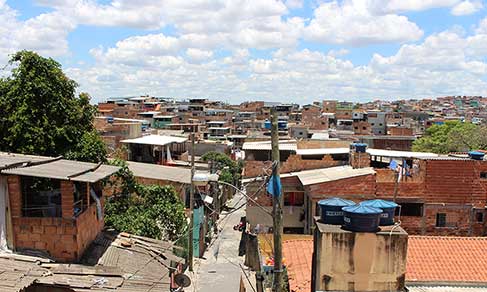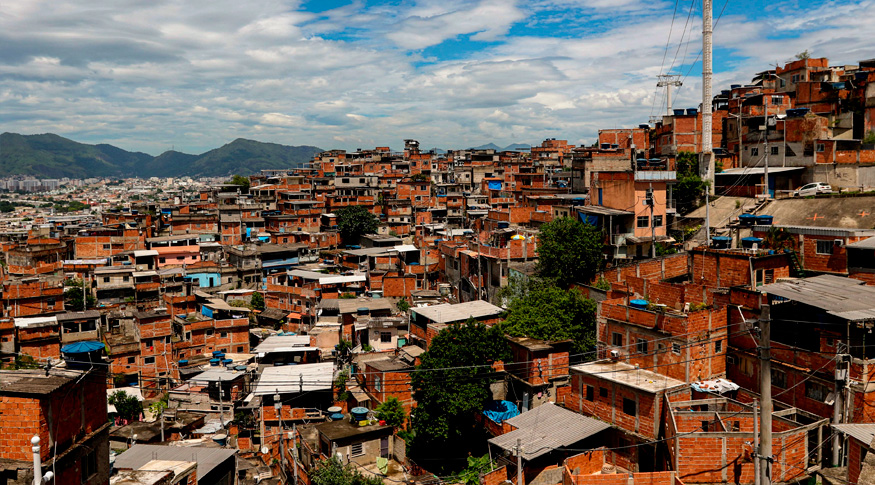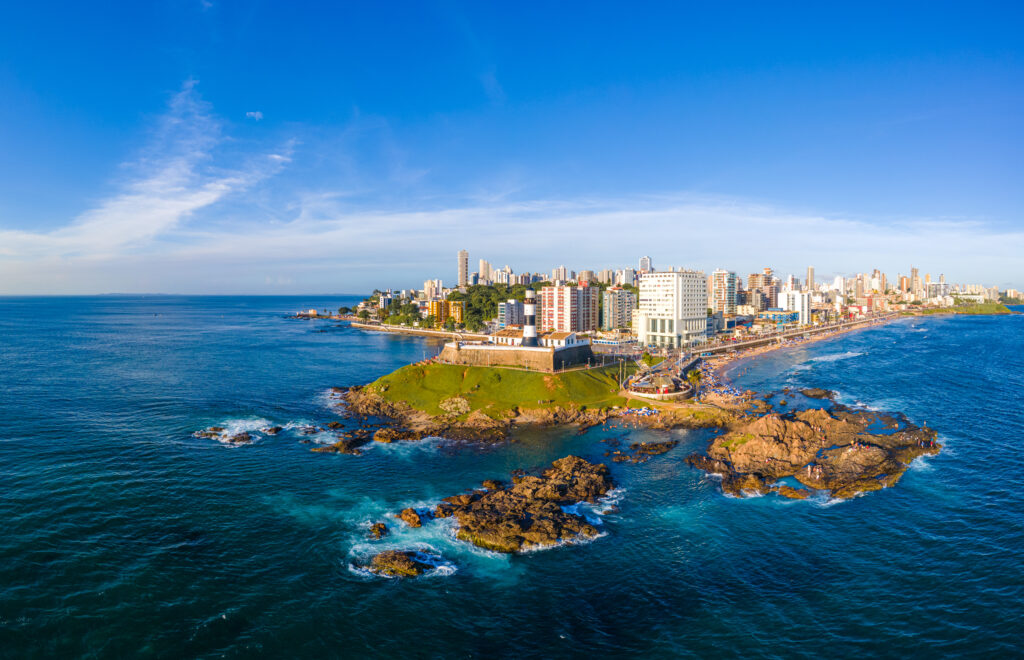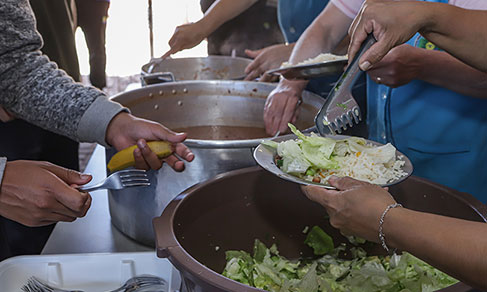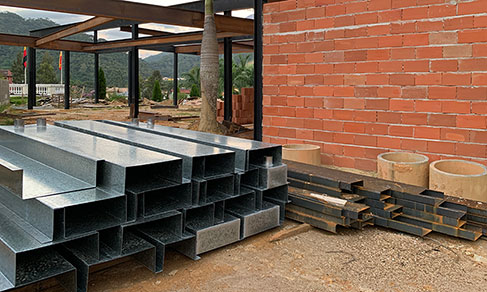Women safety measures sustainable cities
July 25, 2017 09h00 AM | Last Updated: September 04, 2017 09h21 AM
Released in June by the IBGE, the 2017 edition of the Digital National Atlas of Brazil included two indicators related to the safety and representativeness of women. "Women are more than half the population", explains Maria Lúcia Vilarinhos, geographer of the IBGE. "That´s why the data related to gender is an important indicator of how much we still have to go until 2030", complements her.
Until 2030, cities should provide universal access to safe public spaces, especially for women, elderly persons, disabled persons and children. This is one of the Sustainable Development Goals - SDGs, established by the United Nations - UN.
Read also:
Brazil still has no sustainable cities
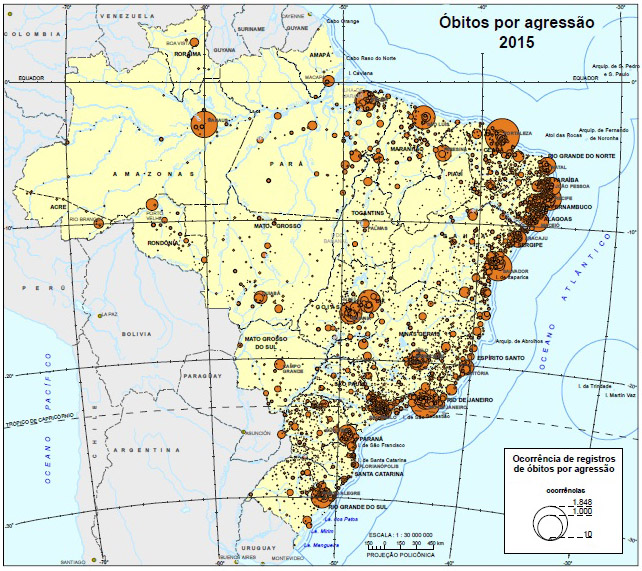
Concerning safety, the Atlas shows that the deaths due to aggression against women in 2015 (link) are concentrated in the capitals and metropolitan areas. "Most of the indexes related to violence against women refer to the home environment. So, what to say about public spaces, that have to be safe, but we know they are not", stresses Maria Lúcia.
The data are from the Ministry of Health, yet the IBGE has information on this subject: according to the National Household Sample Survey - PNAD, 1.1 million women were attacked in 2009, 466 thousand at home and 398 thousand in public thoroughfares.




